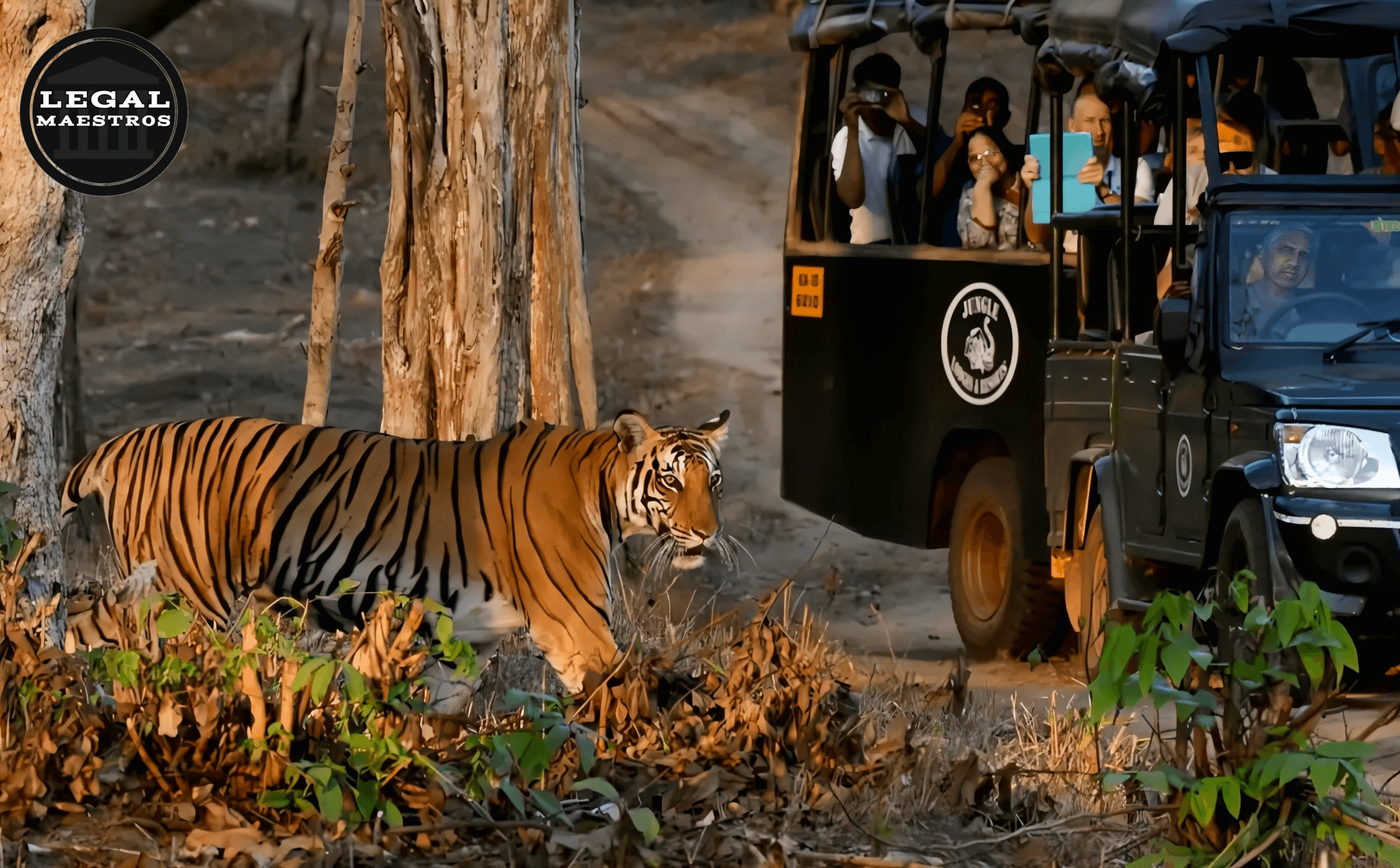
On June 2, 2025, Chief Justice Nitin Jamdar and Justice Basant Balaji of the Kerala High Court heard an appeal from Angels Nair in W.A. No. 2179 of 2023.
The petition said that there was no clear protocol for filming in protected forest regions. The court’s ruling shows that the judges care about the atmosphere and making sure that the process is clear.
Facts
The appellant was a forest conservationist. They stated that the shooting of a Malayalam commercial movie in a reserved forest in Kasaragod in 2018 brought much harm to the ecosystem.
Even though the manufacturing had gotten clearance, there were no clear rules for how to handle trash, maintain habitats, or disrupt forest plants.
The petitioner asked for temporary relief by putting a stop to future proceedings in the writ case challenging the Government’s lack of a policy.
The Government’s Answer
The Forest and animal Department’s counter-affidavit included a 2013 Government Order that changed the fees and security deposits for national parks, animal sanctuaries, tiger reserves, and other protected sites.
This order included a table that listed established prices for commercial filmmaking, but it treated documentary or educational projects differently.
But it didn’t talk about how to protect the environment, how to apply for anything, or what the rules are for giving permissions.
The Court’s Issue
The main question the High Court had to answer was whether fee schedules alone are enough to control commercial filming in areas with delicate ecosystems. The petition brought up the issue of whether it was a good idea to allow these kinds of operations without a clear policy framework.
The court wanted to see whether the State had made any rules other than setting fees and if they had done enough to preserve the environment, community rights, and concerns about sustainability.
Laws and the Environment
In India, the Protected areas are governed by the Wildlife (Protection) Act of 1972, and the rules invoked thereunder.
Such laws stipulate that the biodiversity has to be preserved and regulate the detrimental practices that could befall the plants, the animals or the harmonicity of the ecology.
Thestate governments are able to charge user fees, but they are also required to make sure that any activity that is allowed to take place ought to be in line with the goals of conservation.The lack of clear rules for commercial shooting made many question if the law was being followed.
What the petitioners said
The petitioner said that the Government Order in question’s emphasis on fees did not safeguard forest ecosystems from harm that could not be undone.
He stressed that commercial film crews typically need heavy equipment, temporary buildings, and cars to get about, all of which may damage soil structure, waterways, and animal habitats. Without uniform criteria, productions might go forward without doing the right environmental effect evaluations.
Submissions from the Government Pleader
The Special Government Pleader said that the 2013 order outlined financial parameters, but the Department had not yet written a full policy on how to shoot. He asked for time to get instructions and talk to higher-ups about environmental rules, terms of reference, and ways to enforce them. The court gave the procedure a little break to make things easier.
Choosing an Amicus Curiae
The court chose Advocate Manu Vyasan Peter as amicus curiae to make sure that all sides were heard. His job is to help the Court by looking at current procedures, talking about the Department’s ideas, and coming up with strong ways to protect people. The registry was told to provide the amicus all the files that were needed, such as old permissions and field reports, so that they could be carefully looked at.
The Policy Review’s Scope
The Court set up the review to cover a number of areas, including clear environmental conditions for filming, required site inspections by forest officers, obligations to restore the area after filming, insurance bonds for damage, community consultation when tribal or local populations are affected, and openness in the application process. It pushed for the use of best practices from other states that have effectively combined filmmaking with environmental aims.
Temporary Directions
The Court didn’t stop shooting permits completely while the policy review was going on. Instead, it ordered the Department to include fundamental safety safeguards in all new licenses. These measures included restricting the number of crew members, marking no-go zones, and requiring plans for getting rid of trash. Existing permissions have to be looked at again to make sure they followed these temporary rules.
Why Judicial Oversight is Important
This case shows how the court may step in and fill in the gaps when the executive branch doesn’t act quickly enough. The Court protects both cultural interests in regional cinema and the rights of future generations by looking closely at a fee-based order and calling for a comprehensive strategy. It makes clear that filming’s economic advantages can’t come before the needs of the environment.
The Kerala High Court’s June 2025 ruling in W.A. No. 2179 of 2023 shows that protected forests would be managed more responsibly from now on. The Court makes sure that commercial filming follows the law and conservation principles by requiring a full policy and appointing an amicus curiae. The new policy will provide a guide on how to protect India’s fragile ecosystems while yet allowing for creative expression.
For any queries or to publish an article or post on our platform, please email us at contact@legalmaestros.com.

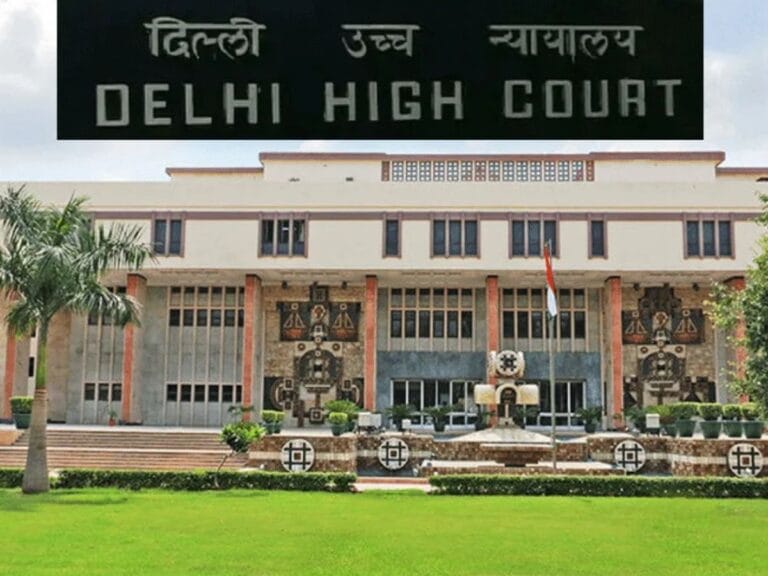
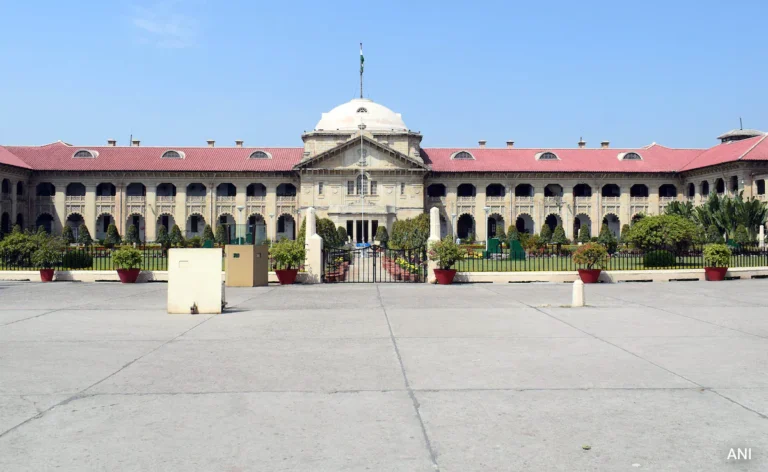
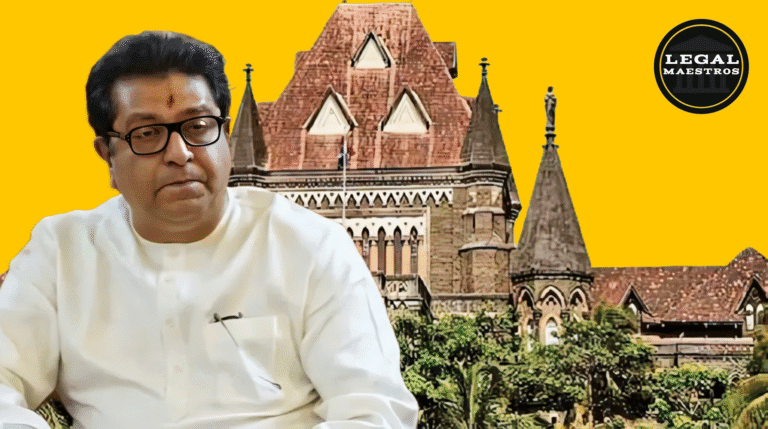

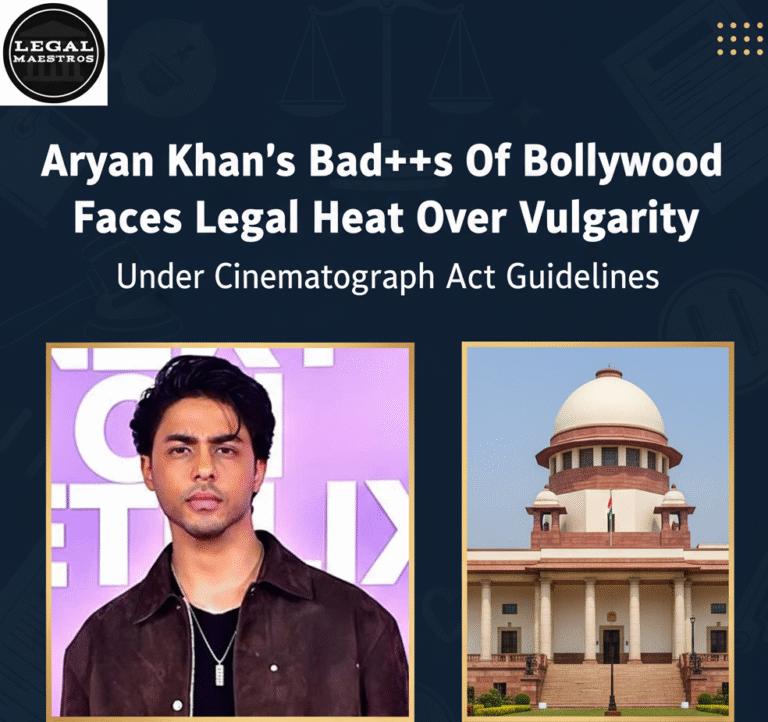
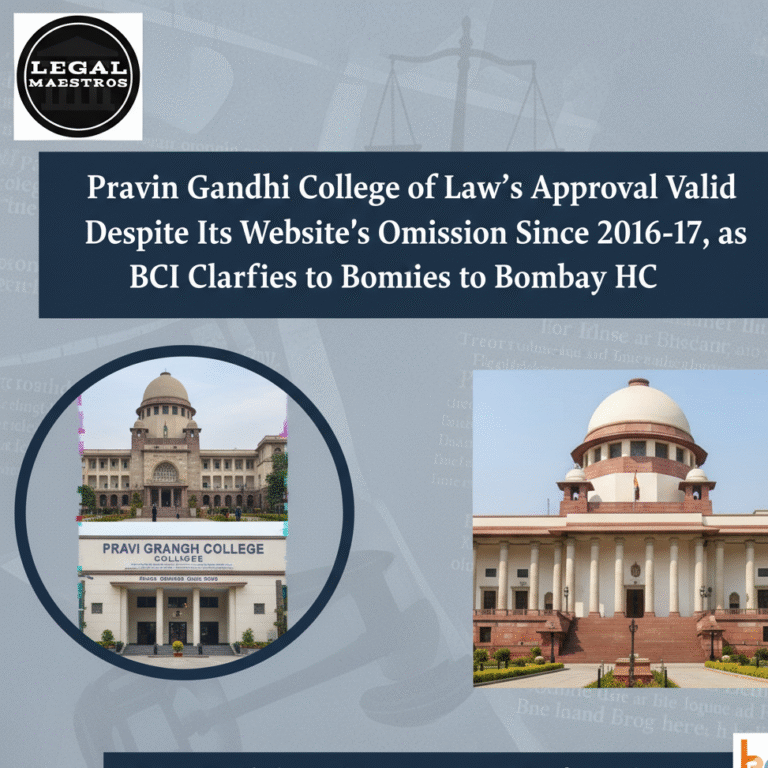

1 thought on “Should film shoots be permitted in reserved forests?”